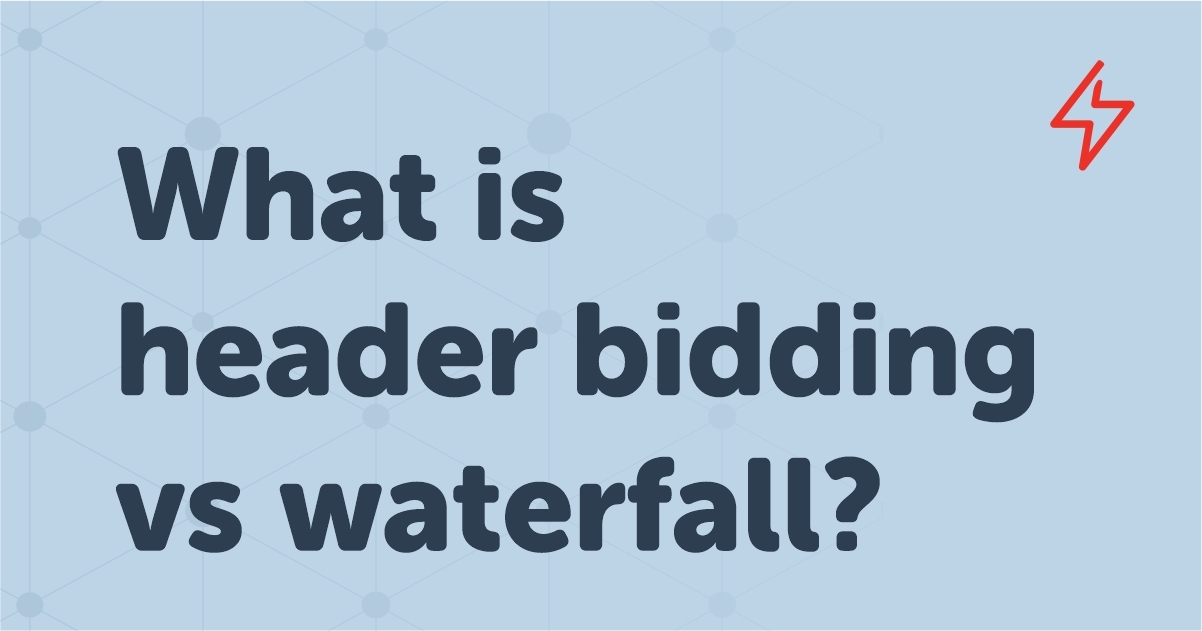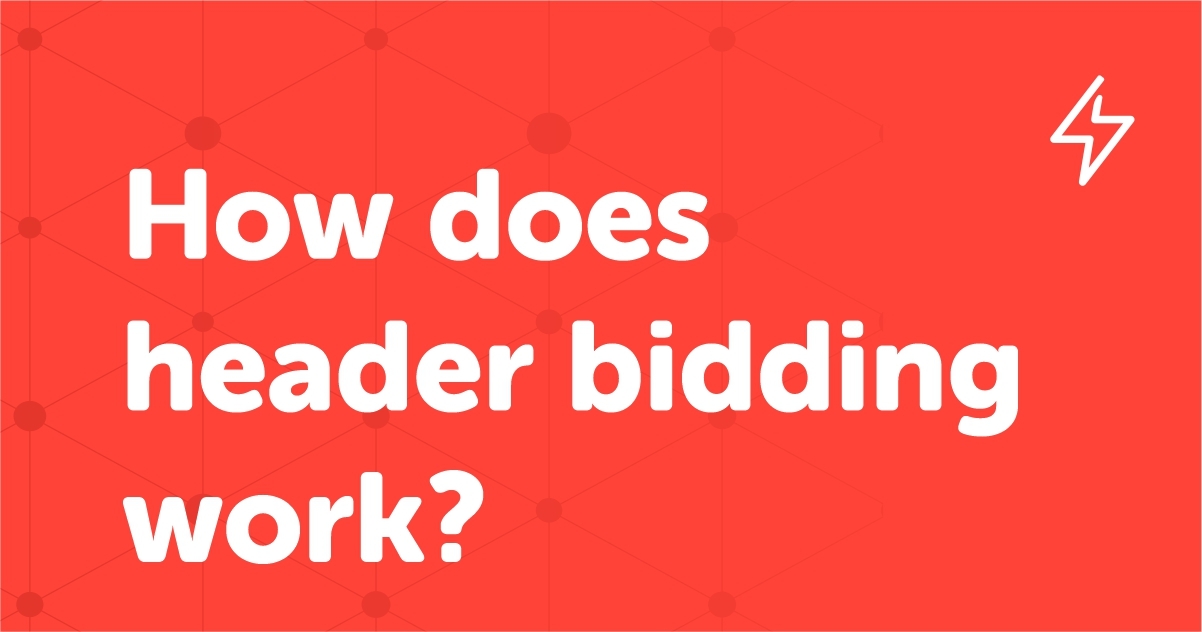Table of Contents
Walled gardens have enjoyed a monopoly over ad tech for several years. However, new trends have been unveiled that may change the course of the future.
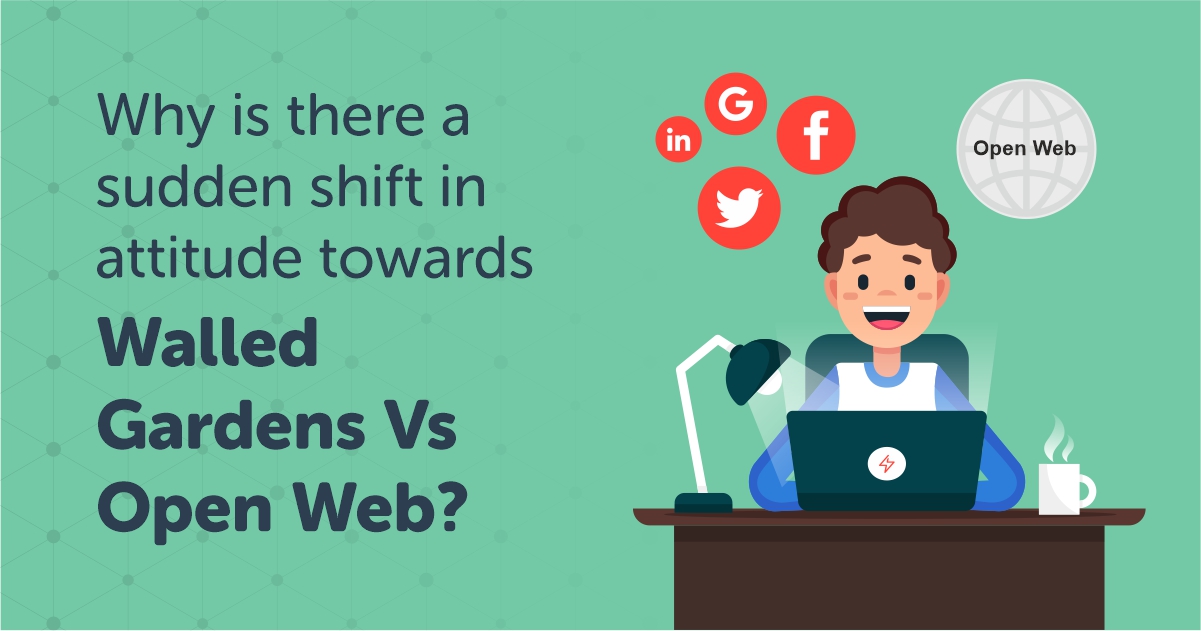
The digital advertising landscape is facing a conundrum of its own. According to a recent survey conducted by OpenX, there is a huge misalignment between where the ad money is spent and where most consumers spend their time. Walled gardens like Facebook, YouTube, and Amazon get the majority of the ad spending despite holding only a third of the total time spent by the audience. This is one of the main reasons why marketers are not able to meet their campaign objectives and publishers creating great content are not getting their share of ad dollars.
Consumers are exhibiting a behavioral change that needs to be understood if marketers want value from their expenditure. In this article, we will discuss why there is a shift in attitude towards walled gardens and open web. Let’s start.
First, let’s define walled garden and open web
A walled garden, in simple words, is an organization that keeps its information, data, and technology to itself. It is a closed ecosystem that runs without involvement from any outside organization. Companies like Facebook, Amazon, YouTube, or any such big tech corporations are the best examples of walled gardens.
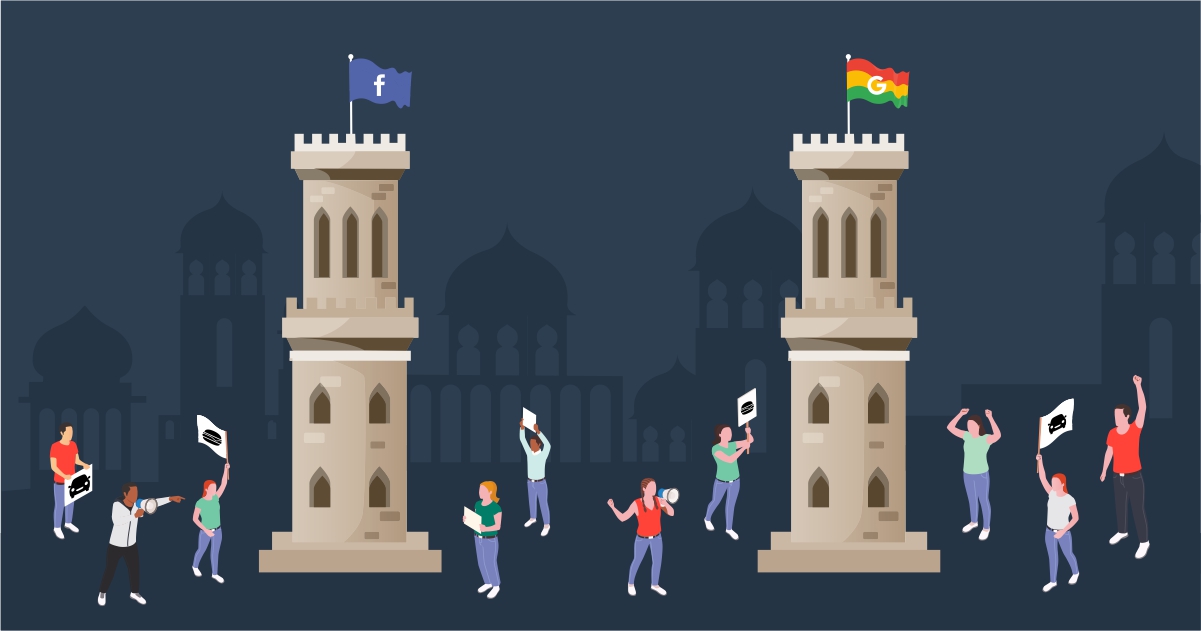
On the other hand, everything on the internet outside these big corporations is summed up as an ‘open web’. Any app, website, or other online property that is not owned by major technology companies is typically part of the open web. News websites, your favorite online games, tabloids, etc. all come under the open web.
The shift in the behavior of internet users

Internet users have showcased a paradigm shift in behavior in the past few years. Earlier, users spent more time on platforms such as Facebook, YouTube, and other walled gardens. Now they spend more time on the open web in terms of sessions per day, as well as average session duration.
The use of the open web has grown significantly in the last couple of years. More than 40% of people use the open web more than Facebook. 30% of people claimed that their usage of Facebook has significantly dropped in the last year.
Reasons behind the change in open web vs walled garden
There are a few factors that researchers quote while explaining this ongoing behavioral shift from walled gardens to the open web.
The content on wall gardens isn’t relevant anymore
Many users spending less time on walled gardens say that the content they now publish is not as relevant as it used to be a few years ago. This is one of the biggest reasons why they don’t like spending too much time on these platforms. Research has shown that both Facebook and Instagram will see a substantial dip in average users in 2022-23.
A consumer’s state of mind matters the most
While using the open web, consumers are in a different state of mind than when being in walled gardens. According to the survey, 56% of consumers said that they are ‘curious and in a mood to learn more’ while using the open web. This is twice the number of people feeling the same while using Facebook. More than 30% of users admitted that they ‘zone out and don’t pay attention’ while surfing Facebook.
Open web ads are effective
Consumers have expressed that they find ads on the open web to be more relevant than any other website run by big players in the industry. In terms of relevant ads, the open web ranked higher than Instagram, Amazon, Facebook, and YouTube.
Lack of trust in walled gardens
According to the aforementioned survey, a whopping 74% of people say they trust what they see on news websites or apps more than the content they see on Facebook, Instagram, etc. There is an issue of mistrust here. The lack of trust in these platforms also contributes significantly to the negative feelings people experience while being on these platforms. More than 40% of people expressed that Facebook makes them unhappy, depressed, and unsatisfied.
When looking for something new, people turn to the open web
Whenever netizens are looking for information on a new business or a product, they turn to the open web, rather than walled gardens. More than 70% of people looking for gifts search the open web first. Turns out, the most important search categories for advertisers are run on the open web, rather than walled gardens.
Push for Privacy

Privacy is at the center of every digital strategy and has an impact on data retention. Already walled gardens have got a name for of the accumulation and restriction of data they have done over the years. Now with Google abolishing its cookie policy and Apple introducing App Tracking Transparency, it’s time for consumers to take control of their data and their willingness to share it. Today, people increasingly expect control, transparency, and choice when it comes to their data.
Too much dependency
Companies like Google and Facebook are the biggest companies in terms of user acquisition and revenue. Google has more than 1.5 billion monthly Gmail users and Facebook boasts 2.8 billion monthly users. Most of the users are signed in to these applications while using their devices.
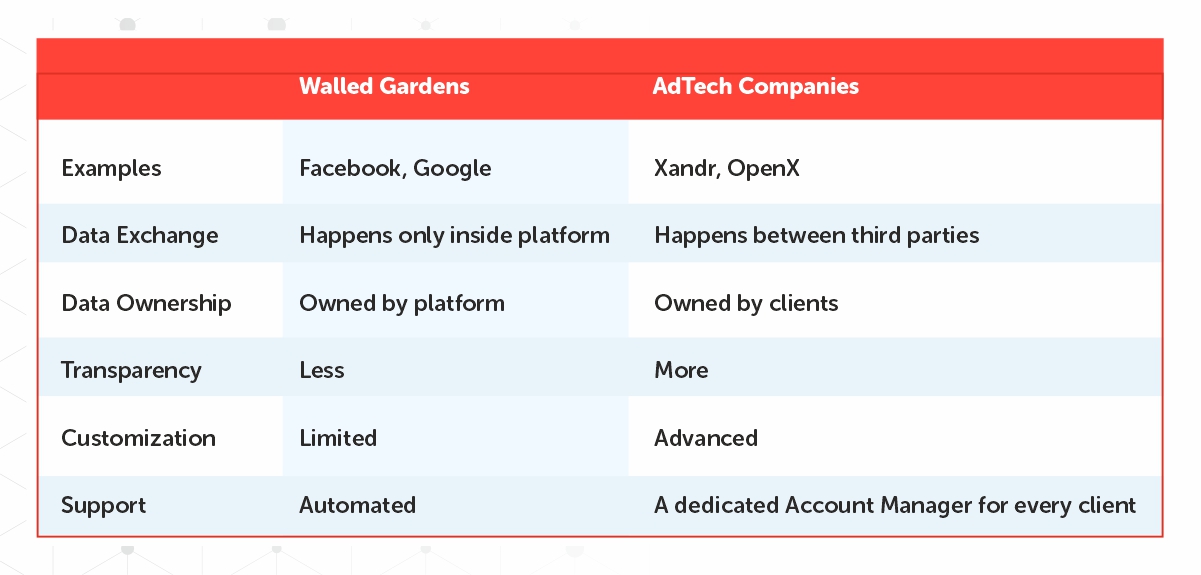
So, when a user searches a query, these apps get all the data they need, which is sent to the company server and used while forecasting suggestions and displaying ads. This has resulted in a duopoly created by these two companies, which is also joined by a late third player who is catching up fast, Amazon.
In conclusion
Walled gardens have enjoyed a monopoly over ad tech for a few years now. But highlighted by The Harris Poll, a huge gap is emerging between where the money is spent on ads and where the user spends time. The change is gradual but certain. It is an indication that both publishers and users are claiming their right to distribute their data and also choosing the medium where they want to interact with new information. However, walled gardens are not completely out of the picture and won’t be any time soon. Marketers need to create a balance between open web and walled gardens while designing a successful ad strategy. Ignoring one of these platforms will hardly give desirable results.
At AdSparc we enable publishers to maximize ad revenue by utilizing best industry practices and state-of-the-art technology. To learn more about programmatic advertising and the amazing prospects it offers, talk to us.
FAQs
Q: What is a walled garden in ad-tech?
A: A walled garden is an organization that collects data from its users without any intention of sharing it with others. Companies such as Facebook, Amazon, Google, etc. are examples of walled gardens
Q: What is the open web?
A: Any internet-based app or website that is not owned by a walled garden organization is a part of the open web. Popular games, news websites, educational websites, etc. come under the open web.
Q: What are the pros of walled gardens?
A: In ad tech, walled gardens deliver security, accuracy, and better cross-device targeting than individual players.
Q: What are the cons of walled gardens?
A: Walled gardens have created a monopoly over the market, leaving very little of individual players. They are difficult to manage and keep introducing new technology to engage more users.
Also Read: Rewarded Video Ads: 7 Essential Best Practices for 2022
